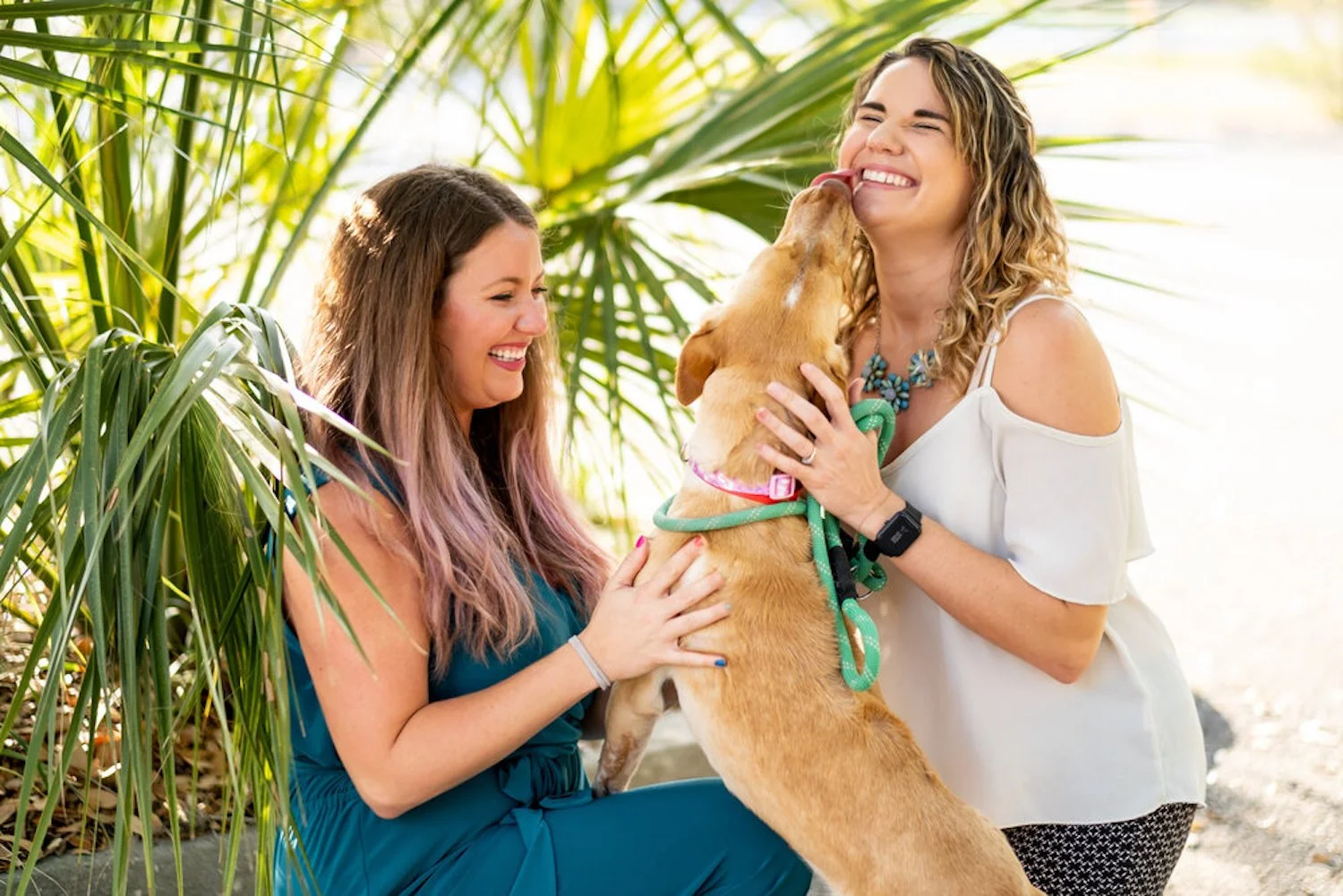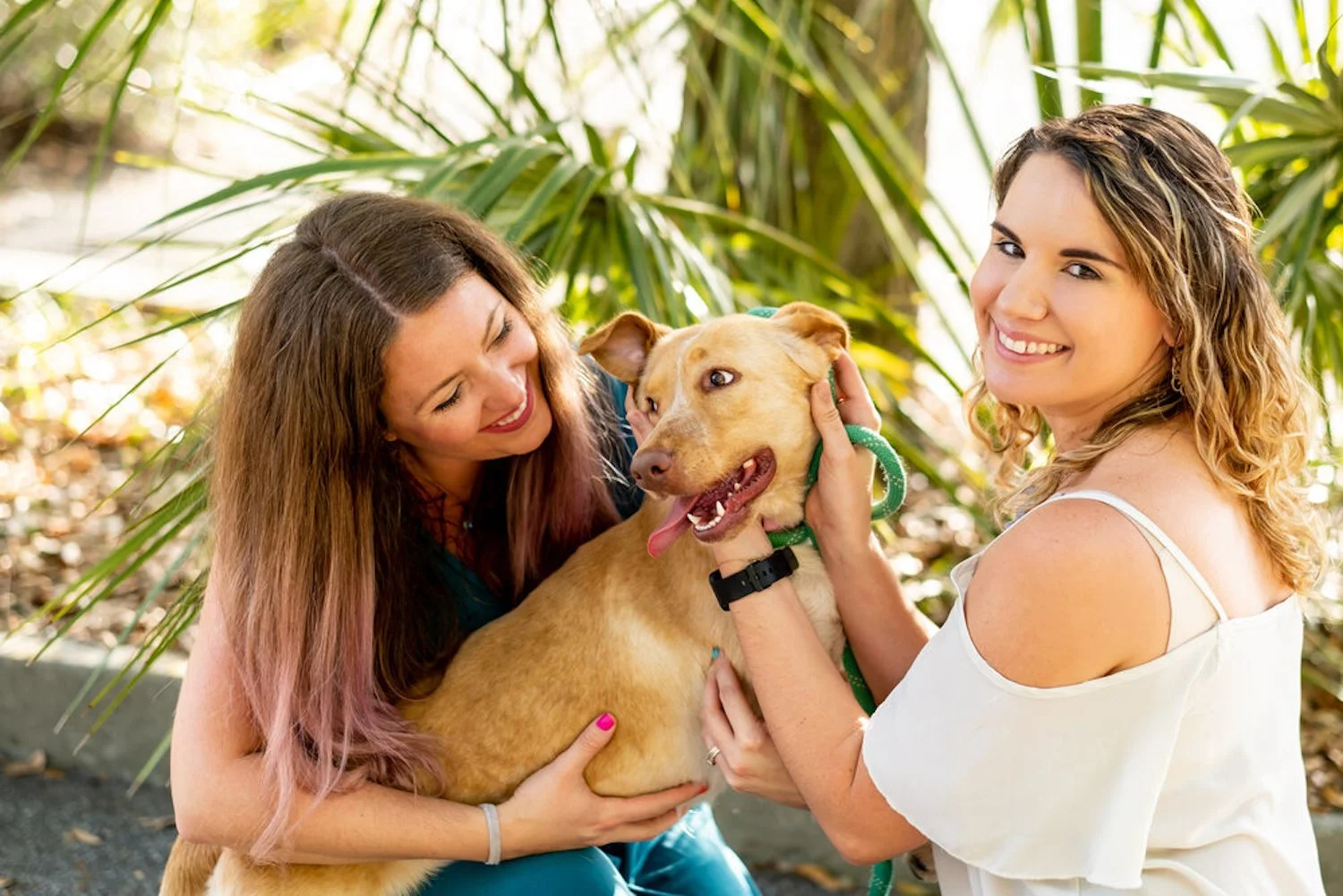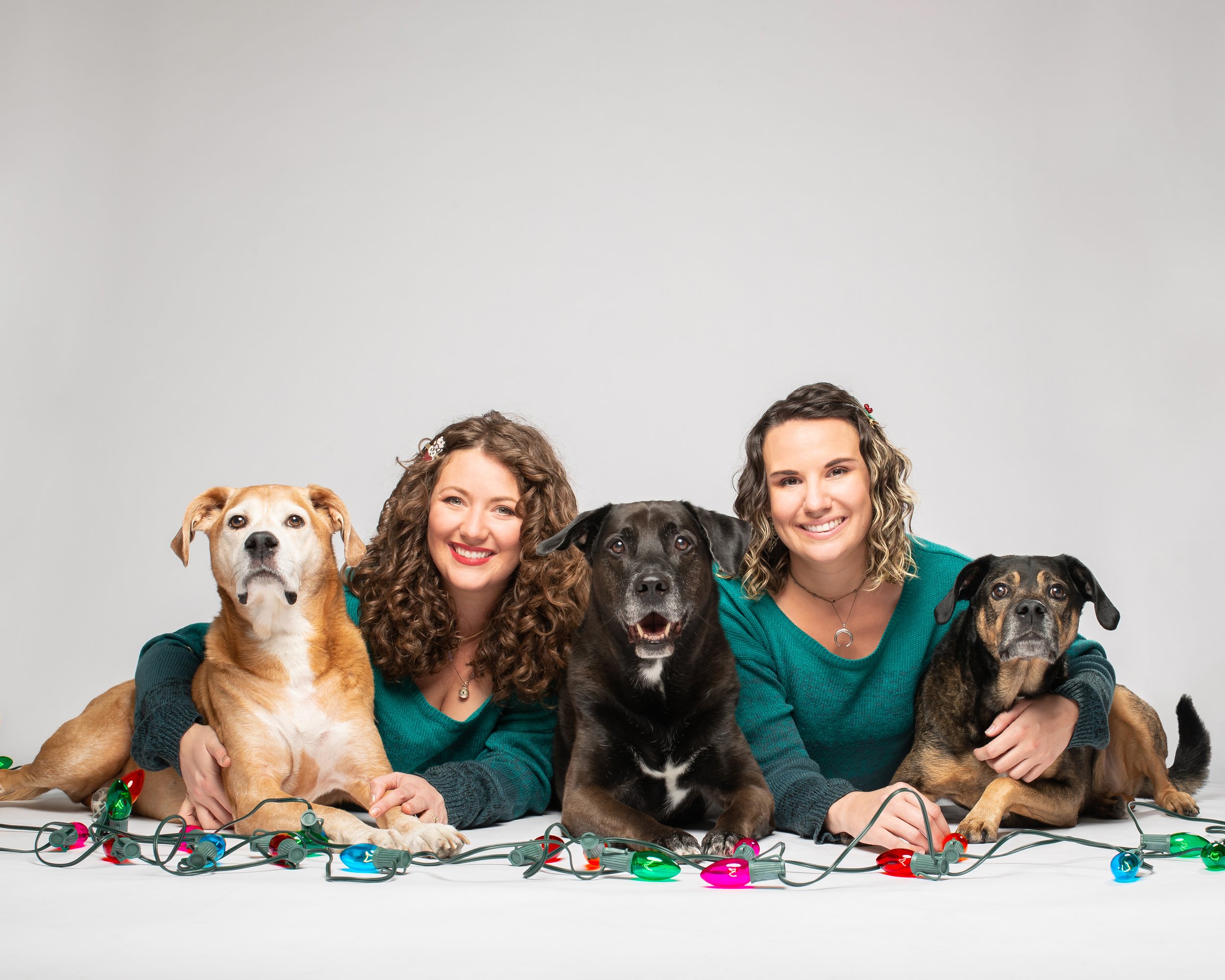5 Tips To Help Save The (Animal) World
5 Tips to Prevent Your Pet From Getting Lost
Where’s Waldo? : Pet Edition
5 Tips to Prevent Your Pet From Getting Lost
The thought of losing your animal can be really unnerving. Don’t panic and remember the encouraging fact that 93% of pups and 75% of cats are reunited with their owner! Those findings were in the first national lost pet survey in 2012, which was conducted by the ASPCA over a five-year span. I can imagine those numbers may be even higher due to social media becoming so much more prevalent! Thankfully there are some things you can do to both prevent and prepare in case this unfortunate event does occur:
1. Use a Collar With Dog Tags
Yes, I know, you’re probably reading this like…well duh? A collar is a no brainer right? Well, you would be surprised how many dog and cat owners feel as though at times a collar is just not necessary. Whether it be because they have their pup inside and don’t think they need one, or they just feel comfortable enough letting them out in the yard for a few minutes and have confidence they will come right back inside. It is important to know your dog and their characteristics. However, having a collar that is secure and has proper identification and contact information can help bring your fur baby back to you immediately.
2. Teach Basic & Important Commands
Along with a dog comes the responsibility to properly train your animal. It is crucial for their safety, your safety, and the safety of others. Teaching your pup commands and working on self-control with them could really be useful in unpredictable situations. There may be distractions that take place surrounding you both that will be out of your power, but with a simple and solid ‘Come’ and ‘Stay,’ you could prevent your pup from leaving your side and getting lost. It is also beneficial in providing a level of respect within the relationship you and your pet share.
3. Microchip Your Pet
The microchip has become popular among the animal lover world. Thankfully with new advances in technology, your vet can inject a microchip that can be scanned. Once scanned, this chip will provide information such as contact/owner name, number, and address. This has actually helped about 15% of owners find their dog or cat. Another wonderful thing is that it is so small it is basically painless!
4. Secure Your Home And Yard
Before even taking in your animal, you should consider any and all ways they could either escape, or get into something that they shouldn’t. Remember they see your home and yard much differently than you do, so it might be useful to try and view things from their perspective. Do whatever you need to in order to make your home/yard puppy and kitty proof. There are many perks to having a good fenced in yard as well. If you plan on having any leash free playtime outside, make sure there are no holes or breaks in your fence that your dog can get through. You may also want to consider the height of your fence, how big is your dog compared to it? How high can your pup jump?
5. Use Social Media & Spread The Word
Now that social media is accessed by millions of people on a daily basis, there are plenty of groups that are specifically for lost pets. These groups are typically extremely helpful and they can likely share your pet post with friends that are in the surrounding area. Be sure to share with all of your personal friends and neighbors and even on your community pages as well. I myself have witnessed many lost pets being found and returned to their owner due to these posts! Any time you see someone else in a similar situation be sure to help out and share the animal they are searching for as well. We can all help one another!
If you apply these useful tips and are aware and active in supervising your pet, you have an extremely high chance of having a happy outcome!
Another fun fact, spay/neutering your pet may also actually have a part in your pet staying or running. According to the ASPCA, 75% of dogs and cats owned are fixed, but only 10% of the animals in the shelters have been spayed/neutered.

















Typically our Yappily Ever After program is geared towards special events, like weddings, but recently, we had the pleasure of collaborating with a Tampa-based company to host an unforgettable employee appreciation day!